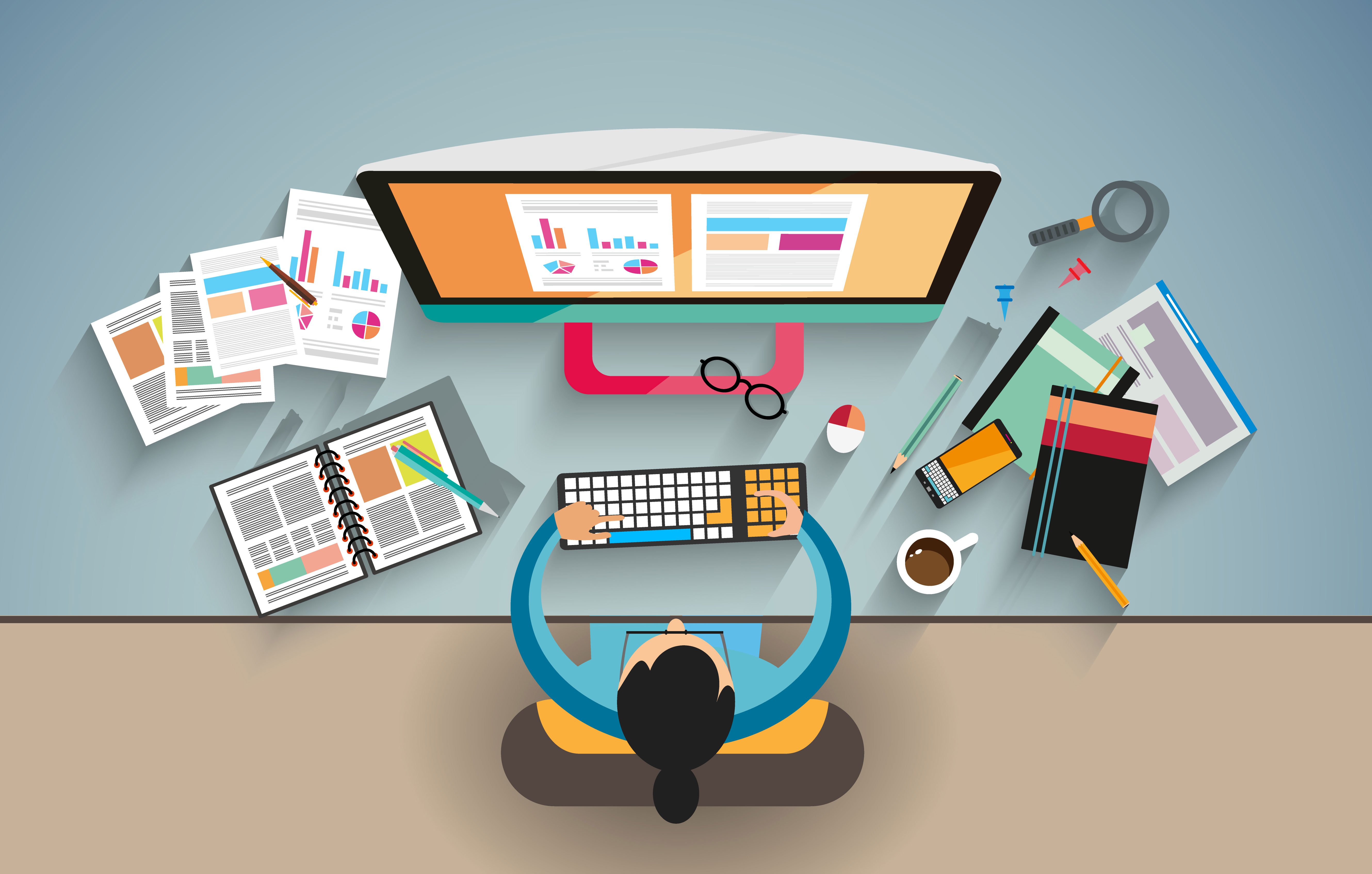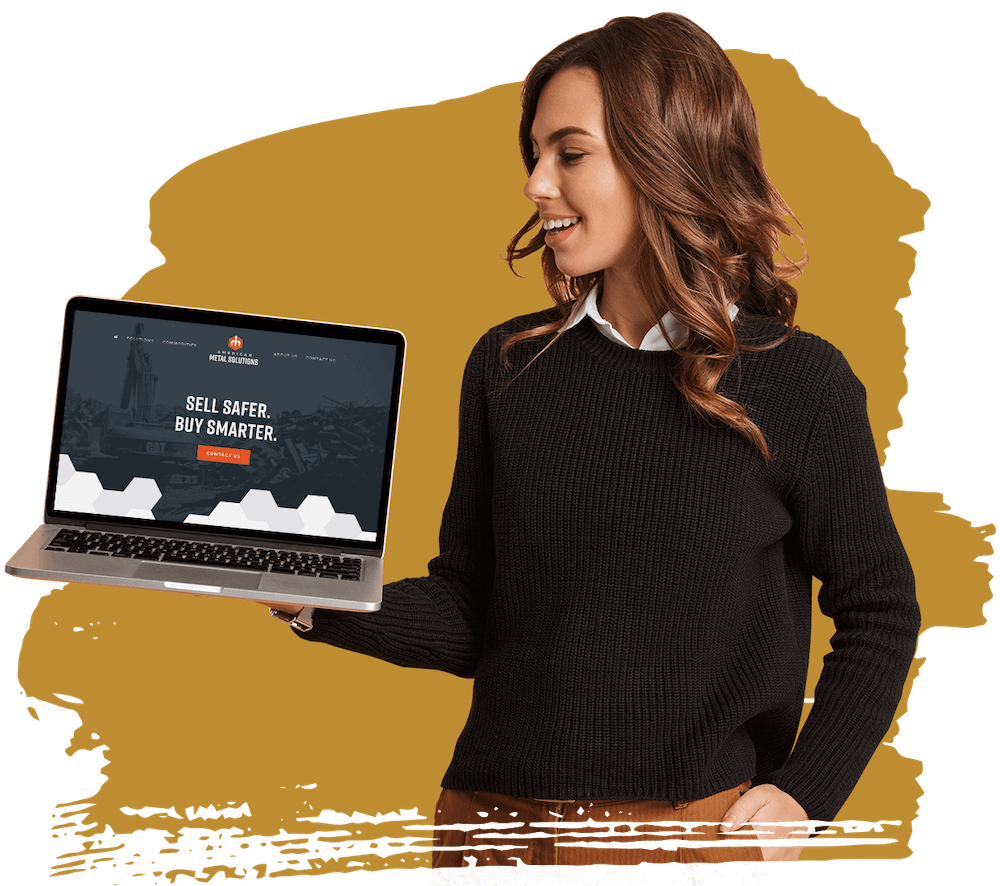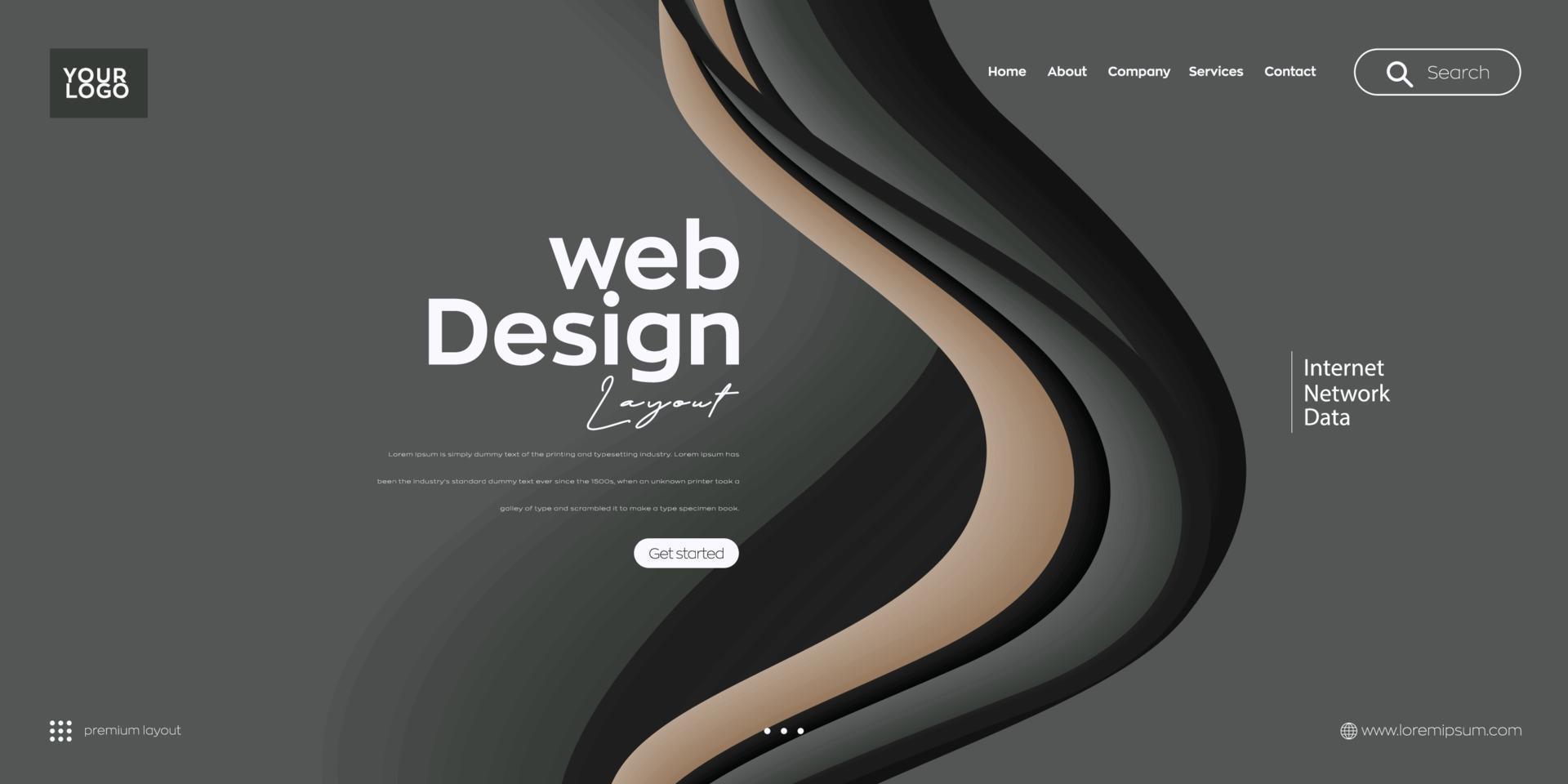The Ideal Types of Website Design to Boost Individual Experience and Involvement
In the ever-evolving landscape of digital communication, the performance of website design dramatically impacts customer experience and engagement. Various layout methods, such as minimal, responsive, and interactive designs, each deal distinct benefits that can satisfy diverse individual demands. Comprehending which kinds of Web design finest offer these objectives can be essential for services intending to enhance client satisfaction and retention. The concern stays: which layout elements truly reverberate with users and foster significant interaction? The expedition of these concepts discloses essential insights that may redefine your technique to website design.
Minimalist Web Layout
As electronic landscapes come to be significantly messy, minimalist website design has actually become an effective technique to improving individual experience. This style viewpoint prioritizes simpleness, concentrating on essential elements while eliminating unneeded disturbances. By making use of adequate white room, uncomplicated navigating, and a restricted color scheme, minimal layout cultivates clearness and directs user focus to crucial material.
The core principle of minimalist website design is to create a smooth interaction for users. By lowering cognitive lots, individuals can swiftly realize details without really feeling overwhelmed. This straight approach not only improves use yet additionally motivates engagement, as site visitors are more probable to explore a website that is visually enticing and easy to navigate.
Furthermore, minimal layout frequently stresses typography and imagery, using these components strategically to convey messages successfully. In essence, minimal Web design is not just a pattern; it is a thoughtful method that recognizes the value of user-centered layout.
Responsive Website Design
In today's diverse electronic environment, receptive Web design has ended up being necessary for developing a seamless user experience across a wide range of gadgets. As individuals accessibility internet sites on smart devices, desktop computers, laptop computers, and tablets, the ability of a site to adapt its layout and content to different display sizes and resolutions is essential.
Receptive Web layout uses adaptable grids, pictures, and CSS media queries to guarantee that Web material exists ideally, no matter of the device utilized. This method not only boosts the aesthetic charm of a website yet likewise substantially improves usability. Customers are more probable to engage with a site that supplies a constant experience, as it gets rid of the disappointment of having to zoom in or scroll exceedingly.
Additionally, internet search engine, including Google, focus on mobile-friendly sites in search rankings. By taking on responsive design, organizations can enhance their presence and get to a wider audience. This method also streamlines site maintenance, as a solitary version of the website can deal with all tools, decreasing the requirement for several variations. In summary, receptive Web style is an essential practice that boosts user experience, involvement, and overall fulfillment.
Interactive Web Design
Receptive website design lays the foundation for improving customer experience, but interactive Web layout takes this an action better by engaging customers in a more dynamic method - Aligned Position Web Design. By including components such as animations, clickable models, and real-time feedback, interactive website design mesmerizes customers, drawing them into a richer surfing experience
This method not only promotes involvement but likewise motivates customers to check out material actively as opposed to passively eating it. Strategies such as gamification, where customers earn rewards for completing tasks, can considerably enhance the time spent on a site and enhance total complete satisfaction. Interactive features can streamline complex information, making it more absorbable and pleasurable.

Including interactive design aspects can additionally cause greater conversion rates, as customers are extra likely to engage with Discover More a website that actively entails them. Aligned Position Web Design. Ultimately, interactive Web layout transforms individual experiences right into memorable trips, guaranteeing that visitors return time and once more
Flat Layout
Identified by its minimalistic technique, level layout stresses simpleness and capability, removing unnecessary elements and concentrating on vital attributes. This layout philosophy prioritizes usability, guaranteeing that individuals can navigate interfaces effortlessly and effectiveness. By employing a clean aesthetic, flat design eliminates the mess often found in much more elaborate styles, thereby enhancing user concentrate on web content and capability.
The characteristic of level style hinges on its use of bold colors, simple typography, and geometric forms. These components add to a visually appealing user interface that is both approachable and modern. Additionally, level style cultivates a sense of clarity, permitting individuals to determine vital actions and info without diversion.
Additionally, flat layout is especially effective in receptive website design, as its simpleness converts well across various devices and display sizes. The lack of complex textures and slopes decreases filling times, which is vital for maintaining customer interaction. As electronic landscapes remain to progress, flat layout stays a relevant option for creating straightforward internet sites that boost overall experience. By concentrating on important attributes, flat style not just meets individual demands however additionally encourages smooth communication, making it a vital element of effective Web layout techniques.
Adaptive Web Layout
Flexible Web design tailors the customer experience by creating several dealt with formats tailored to different screen sizes and gadgets. Unlike responsive design, which fluidly adjusts a single layout, adaptive design utilizes unique layouts for details breakpoints, guaranteeing ideal discussion on different systems. This method allows designers to focus on the distinct features of each device, enhancing usability by delivering precisely what users need based upon their context.
One of the main advantages of adaptive Web layout is its capacity to maximize tons times and efficiency. By serving tailored content and photos that fit the customer's gadget, internet sites can minimize information use and improve loading rates. This is specifically beneficial for customers with slower links or restricted data strategies.

Additionally, flexible layout assists in a more controlled and constant branding experience. Given that designers produce numerous layouts, they can make sure that the aesthetic elements straighten with the brand's identification throughout different platforms - Aligned Position Web Design. This leads to a natural individual experience, boosting engagement and promoting individual retention
Verdict
In conclusion, the assimilation of minimalist, responsive, and interactive website design concepts considerably improves individual experience and involvement. Minimalist style fosters quality and emphasis, while responsive design makes sure adaptability across different tools, advertising access. Interactive design captivates users via dynamic elements, encouraging exploration and personalization. Collectively, these design approaches add to the production of straightforward environments that not just boost satisfaction but also drive higher conversion rates, emphasizing their crucial value in contemporary website design approaches.

Minimal layout cultivates clarity and focus, while responsive design guarantees versatility throughout numerous gadgets, advertising access. Jointly, these layout comes close to add to the production of straightforward settings that not just boost satisfaction but also drive greater conversion prices, emphasizing their essential relevance in modern Web style methods.